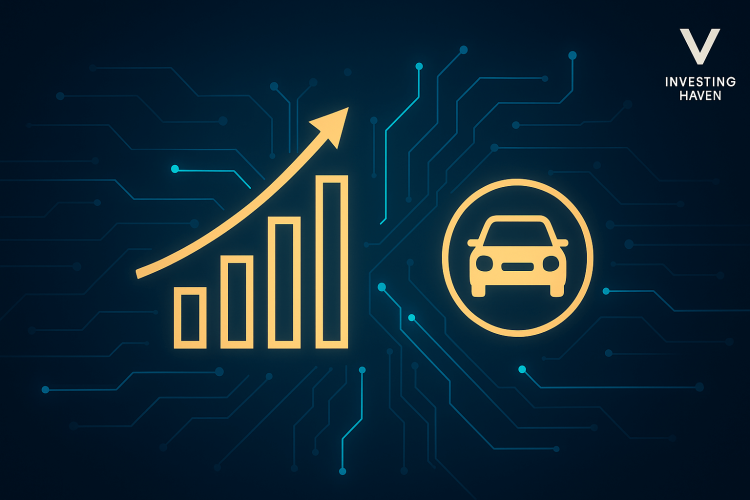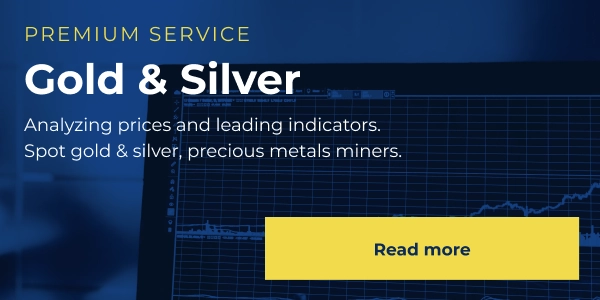KEY TAKEAWAYS
- Palladium currently trades around $1,376/oz, sitting between a strong support zone at $900–$1,000 and resistance at $1,500–$1,700.
- Short-term demand remains tied to gasoline vehicle catalytic converters, but medium-term risks come from increased EV adoption.
- Supply is still uneven despite expected deficit reductions in 2026.
Palladium trades in a wide price range as car demand shifts and supply stays uneven. Current levels show pressure building around the $1,000 support and $1,500–$1,700 resistance zones.
Palladium currently trades around $1,376/oz, after gaining earlier in 2025 then sliding from its peak.
The market is struggling to balance short-term supply tightness with longer-term uncertainty as Palladium automotive demand grows after transition to electric vehicles.
Historically, when a metal reacts this sharply to every policy update or auto sales report, it often means the underlying trend is not yet settled.
RECOMMENDED: Platinum, Gold, Palladium & Silver Dominate YTD Performance
Palladium Automotive Demand: Price Action And Technical Levels To Watch
The spring rally tested levels around $1,700/oz before cooling off. Right now, traders focus on the $1,300–$1,400 zone as a holding pattern.
A break above $1,500 could attract speculative momentum while a sustained dip below $1,000 would likely invite further selling.
Usually, when a commodity hovers between two strong price bands, market participants are waiting for a clear narrative. In this case, it appears tied to Palladium automotive demand clarity rather than broader market conditions.
What is Driving the Palladium Automotive Demand?
Most palladium use comes from catalytic converters in gasoline vehicles, so vehicle production and policy decisions carry weight.
EV adoption brings structural pressure, but replacement cycles and emissions rules still support short-term demand.
Monthly auto sales figures and catalyst order data usually provide early signs of trend shifts.
Now, it looks like automakers respond faster to regulatory changes than to price signals.
So, any policy tweak on emissions or fuel efficiency could move palladium prices before the supply data even catches up.
Supply Balance And Substitution Risk
The market has experienced years of supply deficits, and though analysts expect those deficits to ease into 2026, production still looks inconsistent.
When palladium becomes substantially more expensive than platinum, catalyst manufacturers sometimes shift toward platinum.
That possibility tends to limit how high prices can go. Tracking the palladium-to-platinum ratio offers valuable context.
In commodity cycles, substitution rarely starts slowly. It typically becomes noticeable after just a few price prints, which is why staying early on spread analysis matters.
RECOMMENDED: Platinum And Palladium Outperformance: Is The PGM Comeback Real?
Conclusion
Palladium remains a high-beta metal closely linked to changes in the automotive industry.
Watch how auto sales data interacts with supply reports and track the $900–$1,000 support and $1,500–$1,700 resistance levels for directional clues.
Market conviction is likely to show up when either policy clarity or cost-based substitution becomes dominant.
Until then, Palladium price movement will reflect which factor speaks loudest in the short term.
Stay Ahead of the Market – Get Premium Alerts Instantly
Join the original market-timing research service — delivering premium insights since 2017. Our alerts are powered by a proprietary 15‑indicator system refined over 15+ years of hands-on market experience. This is the same service that accurately guided investors through stock market corrections and precious metals rallies.
Act now and discover why thousands rely on us for timely, actionable signals — before the market makes its move.
Here’s how we’re guiding our premium members (log in required):
- Precious Metals – The Candles Are Clear (Nov 1th)
- Gold, Silver, Miners – The Message of the Charts (Nov 8th)
- What’s Next For Precious Metals? (Nov 2nd)
- The Expected Pullback Is Here. How Much Downside Is There In Precious Metals? (Oct 25th)
- Gold Overheated. Silver Breakout Back Test. What’s Next? (Oct 18th)







